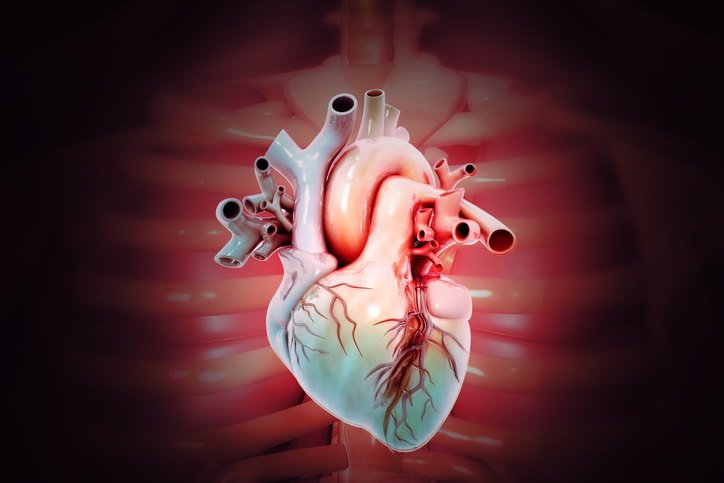
Lancet: Hydroxychloroquine Associated with Increase in Arrhythmia
According to the results of this analysis, more than 96,000 patients were hospitalized with COVID-19 during the study period. Of those, 14,888 were treated with some combination of study drugs, and 81,144 patients were in the control group). A total of 10,698 (11.1%) patients died in the hospital. The treatments of hydroxychloroquine alone, hydroxychloroquine with a macrolide, chloroquine alone, and chloroquine plus a macrolide were each independently associated with an increased risk for in-hospital mortality when compared to the controls, even after adjustment for confounding factors (age, sex, race/ethnicity, body mass index, underlying cardiovascular disease and associated risk factors, diabetes, underlying lung disease, smoking, immunosupressed condition, and baseline disease severity). All four were also independently associated with increased risk for de-novo ventricular arrhythmias during hospitalization.
https://www.docwirenews.com/cardiology/hydroxychloroquine-associated-with-increased-mortality-risk-covid-19/
–
Predicting COVID-19 Mortality with RV Longitudinal Strain?
This JACC Cardiovascular Imaging study used right ventricular longitudinal strain speckle tracking echocardiography, which has been used as a more sensitive tool for assessing right ventricular function, was used to assess 120 consecutive patients with COVID-19. Patients in the highest tertiles of RVLS tended to have higher heart rates, higher D-dimer and C-reactive protein levels, higher high-flow oxygen, and higher levels of invasive mechanical ventilation therapy. They also had higher incidence of acute injury to the heart, higher levels of acute respiratory distress syndrome (ARDS), more deep-vein thrombosis, and higher mortality.
https://www.docwirenews.com/cardiology/covid-19-right-ventricular-longitudinal-strain-may-predict-mortality/
–
Low Socioeconomic Status and Excess Heart Disease Burden
“Individuals with low socioeconomic status bear a disproportionate share of the coronary heart disease (CHD) burden, and CHD remains the leading cause of mortality in low-income US counties,” the authors of this JAMA Cardiology analysis wrote in their study. “[We estimated] To estimate the excess CHD burden among individuals in the United States with low socioeconomic status and the proportions attributable to traditional risk factors and to other factors associated with low socioeconomic status.” When compared to individuals with higher status, both men and women in the lower status group had twice the rate of myocardial infractions and CHD deaths per 100,00 person-years. Higher CHD burden of traditional risk factors for CHD in those with lower status explained about 40% of the excess events, while the remaining 60% were explained by other factors related to lower socioeconomic status. The model projected that in a simulated cohort of 1.3 million adults with lower socioeconomic status, 250,000 (19%) would develop CHD by age 65, with 119,000 (48%) of those occurring in excess of those expected for individuals with higher status.
https://www.docwirenews.com/cardiology/socioeconomic-status-coronary-heart-disease-burden/
–
GI Cancers in AFib Patients: NOACs or Warfarin?
According to the results of this Heart Rhythm analysis, 290 (2.67%) of AFib patients were diagnosed with GI tract cancers within a year. The authors also reported that those treated with NOACs had more diagnoses of GI cancers than did patients taking warfarin (3.87% vs. 2.44%, respectively; P<0.001). Age and male sex were also associated with GI cancer diagnosis. Of those diagnosed with GI cancers, 45.2% of them died within one year. Mortality risk was lower in the NOAC patients compared with those taking warfarin (23.5% vs. 51.9%, respectively; adjusted hazard ratio, 0.441; P<0.001).
https://www.docwirenews.com/docwire-pick/cardiology-picks/afib-gastrointestinal-cancers-noacs-warfarin-bleeing-outcomes/
–







 © 2025 Mashup Media, LLC, a Formedics Property. All Rights Reserved.
© 2025 Mashup Media, LLC, a Formedics Property. All Rights Reserved.